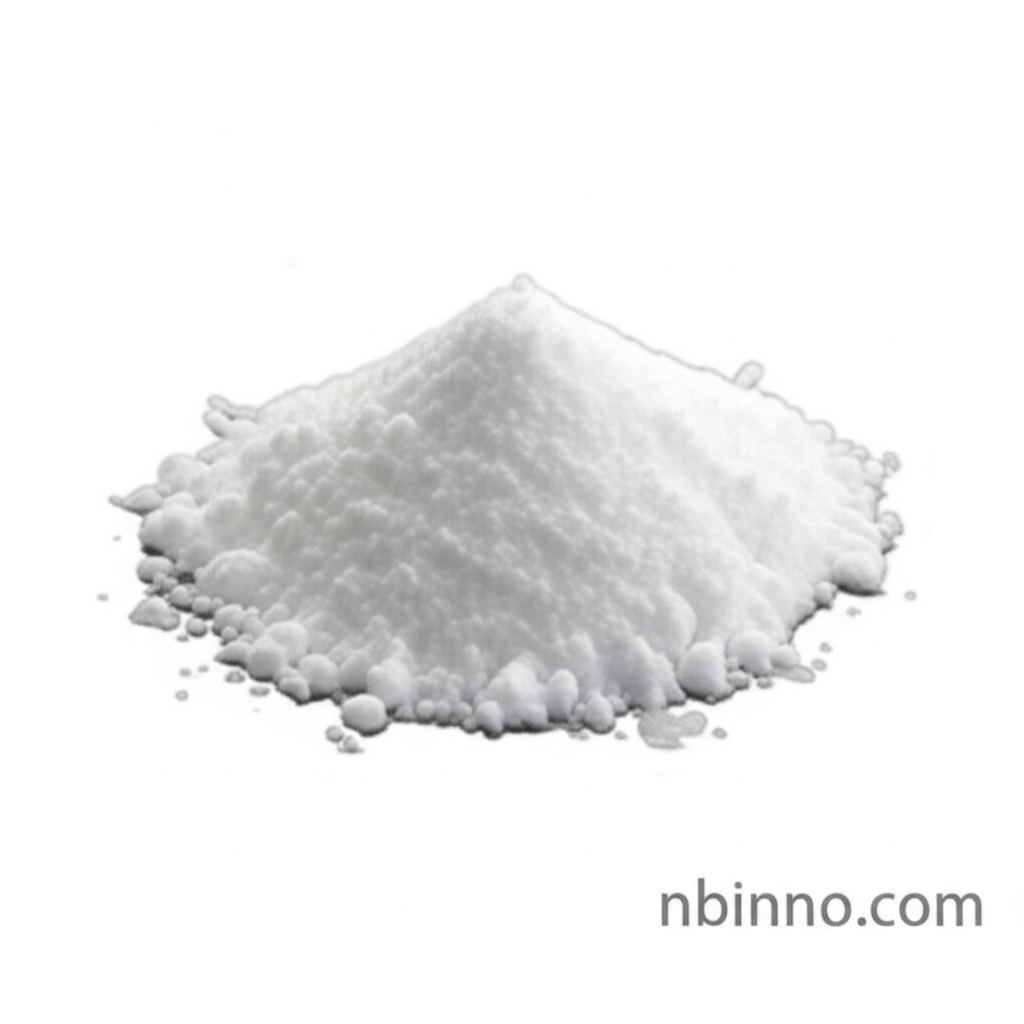2-Methylimidazole-4-sulfonic Acid: Properties, Applications, and Safety Insights
Discover the essential properties, critical applications, and safety considerations for 2-Methylimidazole-4-sulfonic acid (CAS 822-36-6).
Get a Quote & SampleProduct Core Value

2-Methylimidazole-4-sulfonic acid
2-Methylimidazole-4-sulfonic acid (CAS 822-36-6) is a vital chemical intermediate with a diverse range of industrial and pharmaceutical applications. Its unique chemical structure makes it a valuable building block in complex synthesis processes.
- Understand the physical and chemical properties, including its solubility in water and ethanol, which is crucial for various synthesis routes for 4-methylimidazole.
- Explore the synthesis pathways and reaction conditions that yield this important compound, contributing to efficient chemical manufacturing.
- Learn about its primary role as a curing agent for epoxy resins, enhancing material properties in diverse industries.
- Discover its significance as a key pharmaceutical intermediate, particularly in the synthesis of cimetidine and antibacterial agents, vital for drug development.
Advantages of Using 2-Methylimidazole-4-sulfonic Acid
Versatile Curing Agent
As a curing agent for epoxy resins, 2-Methylimidazole-4-sulfonic acid offers excellent performance, contributing to the development of high-quality thermoset materials used across various sectors.
Critical Pharmaceutical Intermediate
Its role as a primary raw material in the synthesis of drugs like cimetidine highlights its importance in the pharmaceutical industry, enabling the production of essential medications.
Broad Synthetic Utility
The compound's utility extends to the synthesis of antibacterial agents, showcasing its versatility as a building block in creating a wide array of biologically active compounds.
Key Applications
Epoxy Resin Curing
This chemical is widely recognized for its effectiveness as a curing agent in epoxy resin systems, improving mechanical strength and thermal stability.
Pharmaceutical Manufacturing
It serves as a crucial intermediate in the synthesis of various pharmaceutical compounds, including the widely used cimetidine.
Antibacterial Agent Synthesis
The compound plays a role in the creation of antibacterial agents, contributing to the development of new therapeutic solutions.
General Organic Synthesis
As a heterocyclic building block, it is valuable in a broad spectrum of organic synthesis, facilitating the creation of complex molecules.
